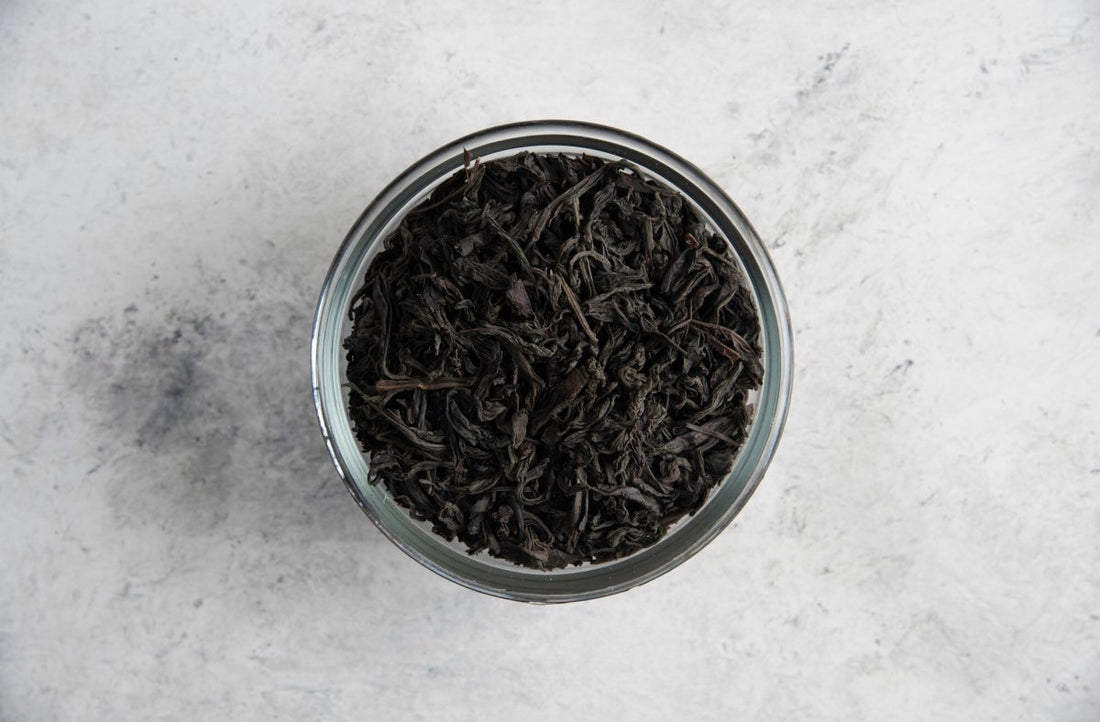Tea has been a beloved beverage for centuries, enjoyed by people all over the world. The history of tea has played a significant role in shaping the cultures and customs of the countries where it is grown and consumed. From its early beginnings in ancient China to its spread throughout the world, tea has been a staple of daily life and a symbol of hospitality, comfort, and celebration.
The history of tea can be traced back to ancient China, where it was used for medicinal purposes. Legend has it that the Chinese emperor Shen Nong discovered tea in 2737 BC after a leaf from a tea tree blew into his boiling water. He was so pleased with the flavor and invigorating effect of the tea that he began to cultivate it and spread its use throughout the country.
Over time, tea became a symbol of culture and refinement in China, with the tea ceremony developing into a highly ritualized and sophisticated art form. The tea ceremony was a way for people to come together to appreciate the beauty and simplicity of life, as well as to enjoy the tea itself. The tea ceremony became an important part of Chinese culture and was passed down from generation to generation. The history of tea remains a long and fascinating story that continues to unfold as time goes on.
Tea was first introduced to Japan in the 9th century by Buddhist monks who had visited China. It quickly became popular in Japan, where it was similarly regarded as a symbol of culture and refinement. The tea ceremony was adapted and refined in Japan, where it became an integral part of Japanese culture.
In the 17th century, tea was introduced to Europe by Portuguese and Dutch traders. It quickly became popular among the wealthy and was a symbol of status and luxury. The tea trade between China and Europe soon developed into a thriving industry, with tea being transported along the famous tea trade routes between China and Europe.
In the 18th century, tea was introduced to the American colonies, where it quickly became popular. The American Revolution was partly fueled by the colonists’ resentment over the British government’s attempts to tax tea, leading to the famous Boston Tea Party in 1773.
Tea was also introduced to India by the British, who established tea plantations there in the 19th century. Today, India is one of the largest tea-producing countries in the world, and tea is a staple of Indian life, enjoyed by people of all ages and backgrounds.
The tea trade has had a profound impact on the economies and cultures of the countries where it is grown and consumed. Tea has been a source of livelihood for millions of people, from tea pickers and plantation workers to tea merchants and traders. It has also been a source of inspiration for art, literature, and music, with tea culture playing a significant role in shaping the cultural identities of the countries where it is consumed.
The tea-growing regions that have had the greatest impact on the history and culture of tea are China, Japan, Europe, and India. Each of these regions has its own unique tea culture, with its own distinct traditions, customs, and flavors.
In China, tea is grown in the lush and mountainous regions of southern China, and is known for its rich and complex flavors. Chinese tea is characterized by its subtlety, with a delicate balance of flavors that range from sweet and floral to nutty and toasty.
In Japan, tea is grown on the misty and verdant hillsides of the Japanese islands, and is known for its clean and crisp flavor. Japanese tea is characterized by its clarity and simplicity, with a light and delicate flavor that is perfect for sipping on a hot summer day.
The history of tea continues to unfold as time goes on. So, enjoy your warm cup of tea!






